GLAMOS said Swiss glaciers lost 2.5% of their volume this year, higher than the average for the past decade, after average August temperatures were several degrees above freezing even at the 3,571-metre Jungfraujoch station on the Aletsch glacier.
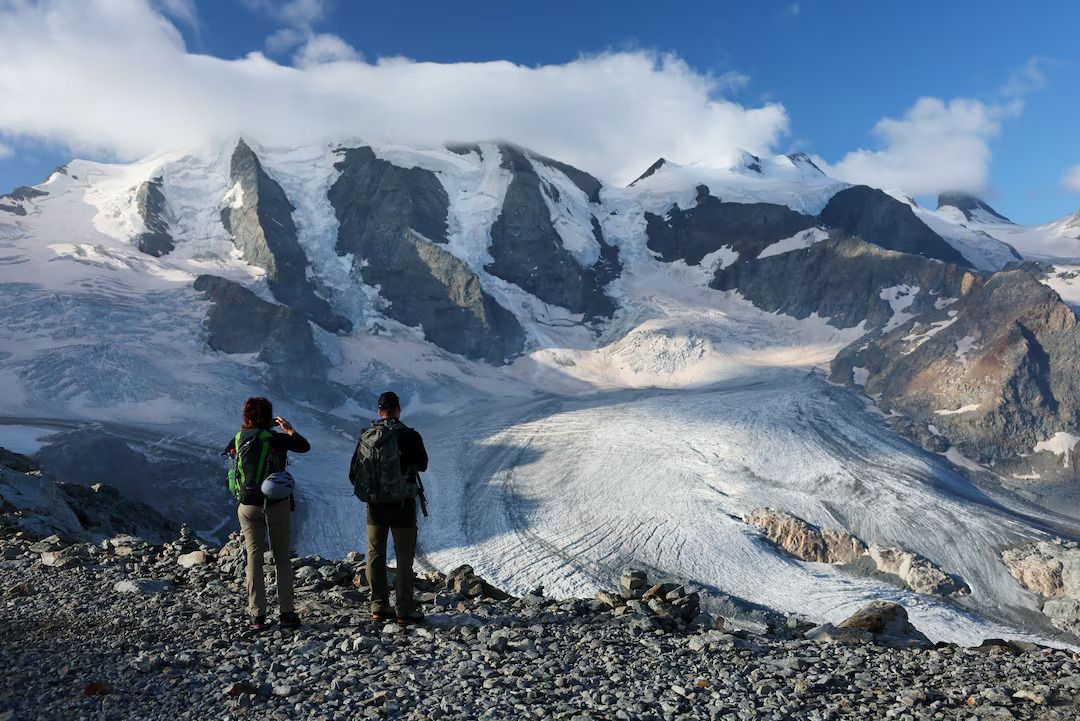
Hikers take pictures of the Pers glacier in Pontresina, Switzerland, September 3. Photo: Reuters
"I am concerned that although this has been a really good year for glaciers, with a snowy winter and a fairly cool and rainy spring, it is not enough. If this trend continues as we have seen this year, it will be a disaster for Switzerland's glaciers," said Matthias Huss, director of GLAMOS.
One of the factors accelerating the rate of ice loss this year is dust from the Sahara Desert, which turns the ice sheets brown or pink, preventing them from reflecting sunlight back into the atmosphere, the report said.
Photos from data-gathering trips in recent weeks show murky water flowing through ice so thin that rocks and pebbles protrude.
More than half of the glaciers in the Alps are in Switzerland, where temperatures are rising at twice the global average due to climate change.
Last week, the Swiss government approved changes to some sections of its border with Italy as melting glaciers in the mountains between the two countries have reshaped the river basin that demarcates the border.
If greenhouse gas emissions continue to increase, glaciers in the Alps are expected to lose more than 80% of their current mass by 2100.
Ngoc Anh (according to Reuters)
Source: https://www.congluan.vn/bang-tan-o-thuy-si-vuot-muc-trung-binh-nam-2024-post314766.html







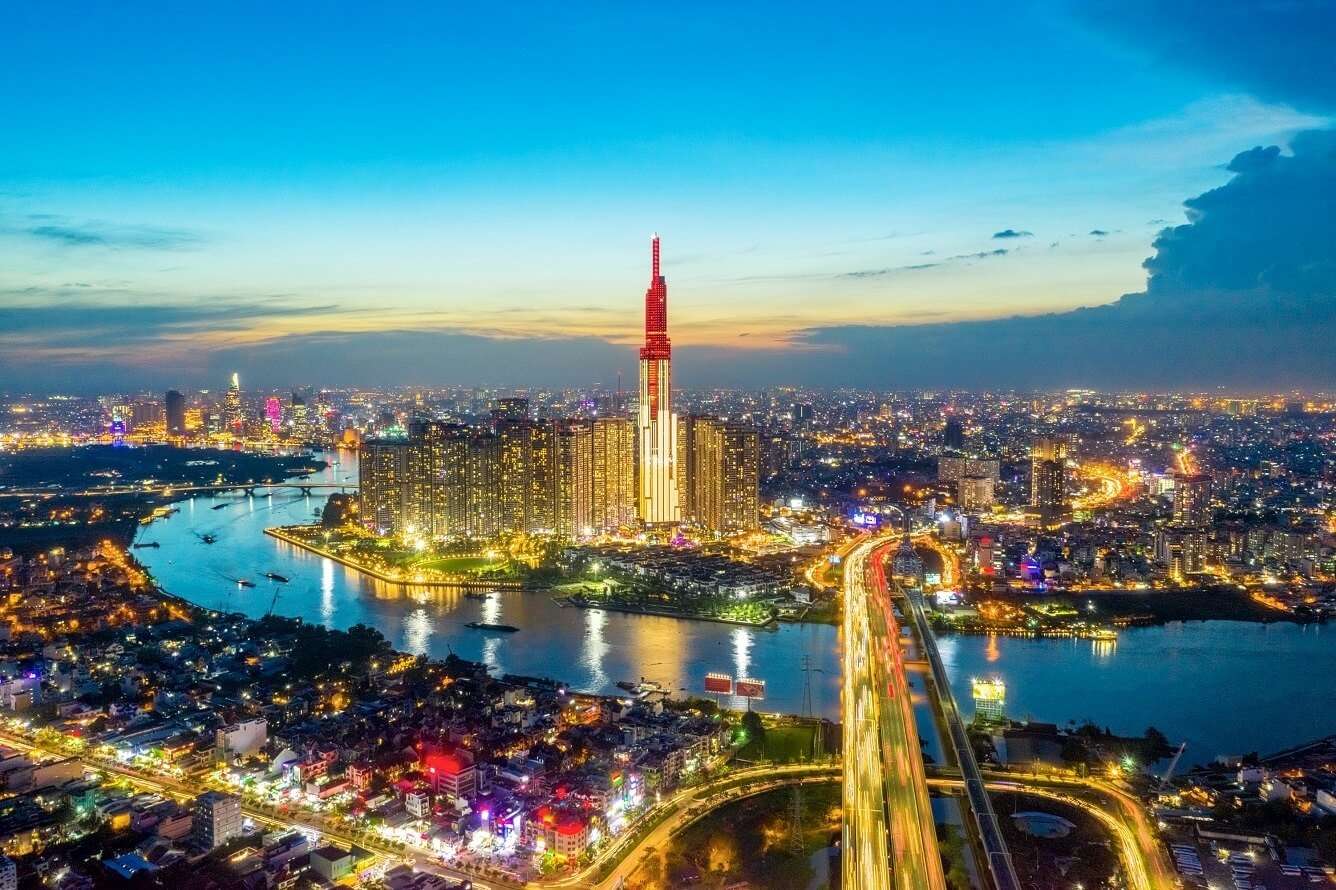
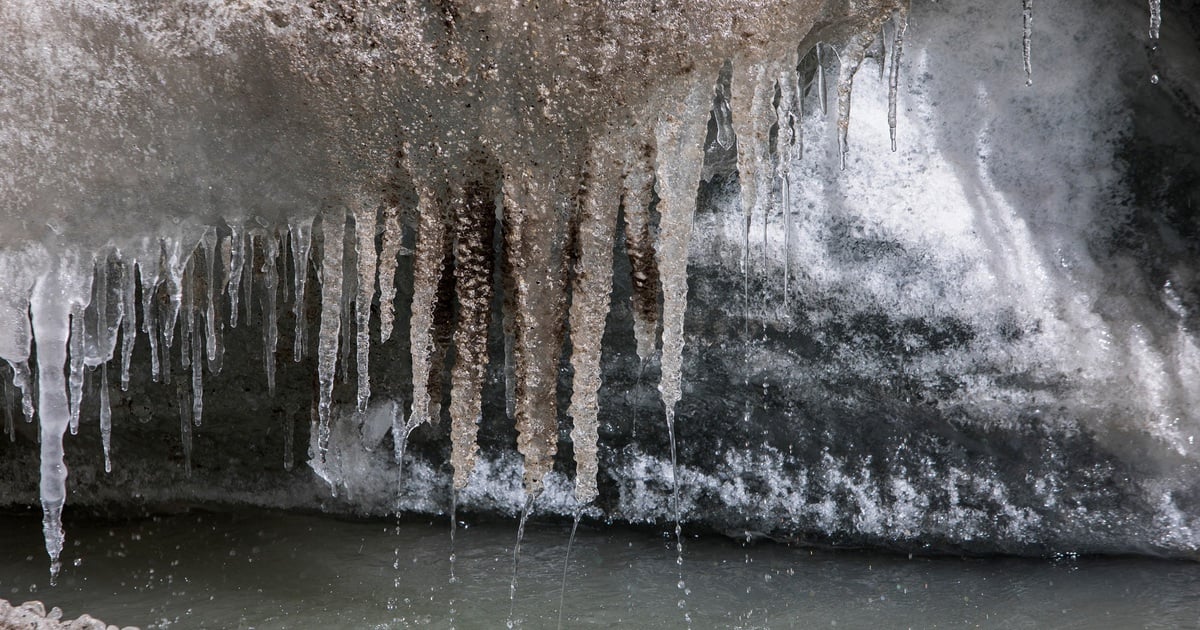



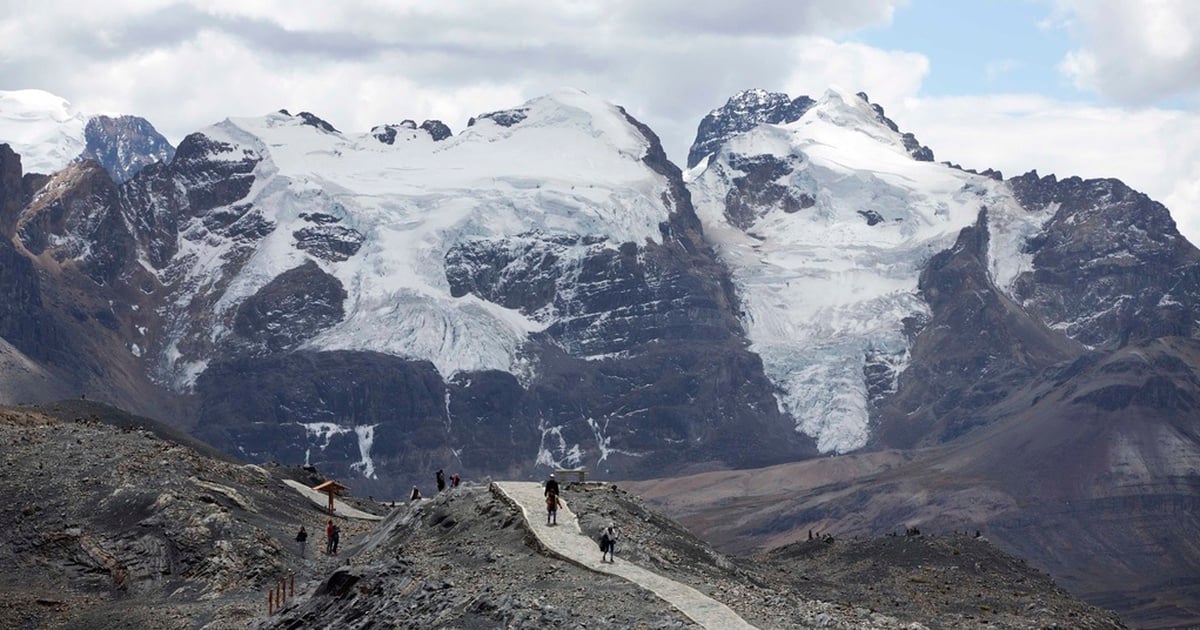










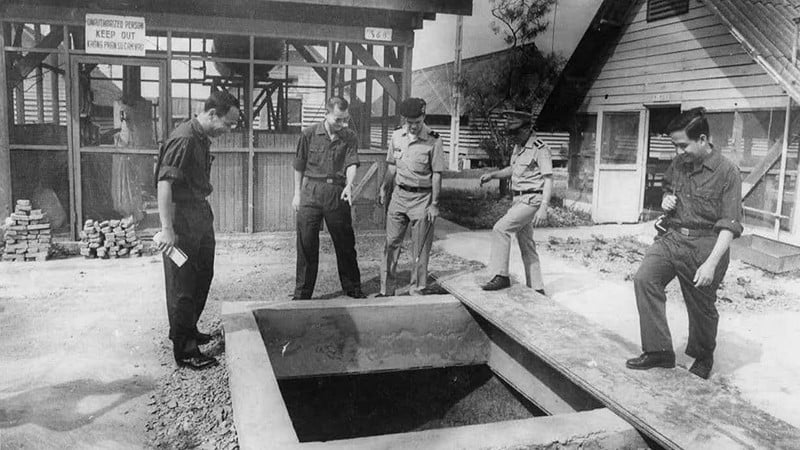






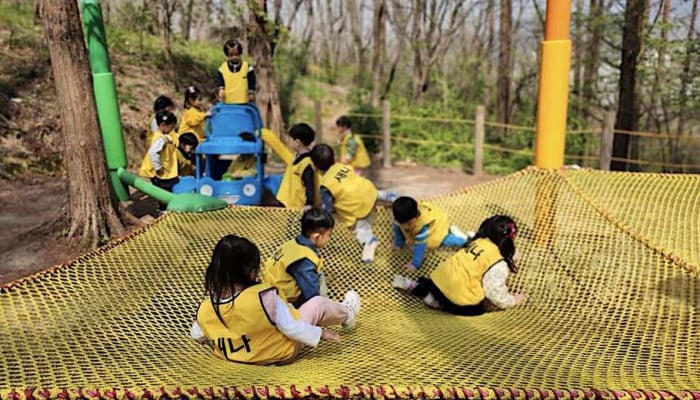
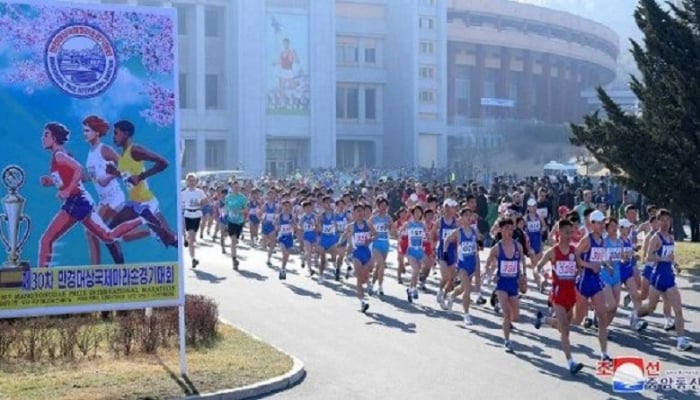

![[Photo] "Beauties" participate in the parade rehearsal at Bien Hoa airport](https://vstatic.vietnam.vn/vietnam/resource/IMAGE/2025/4/11/155502af3384431e918de0e2e585d13a)
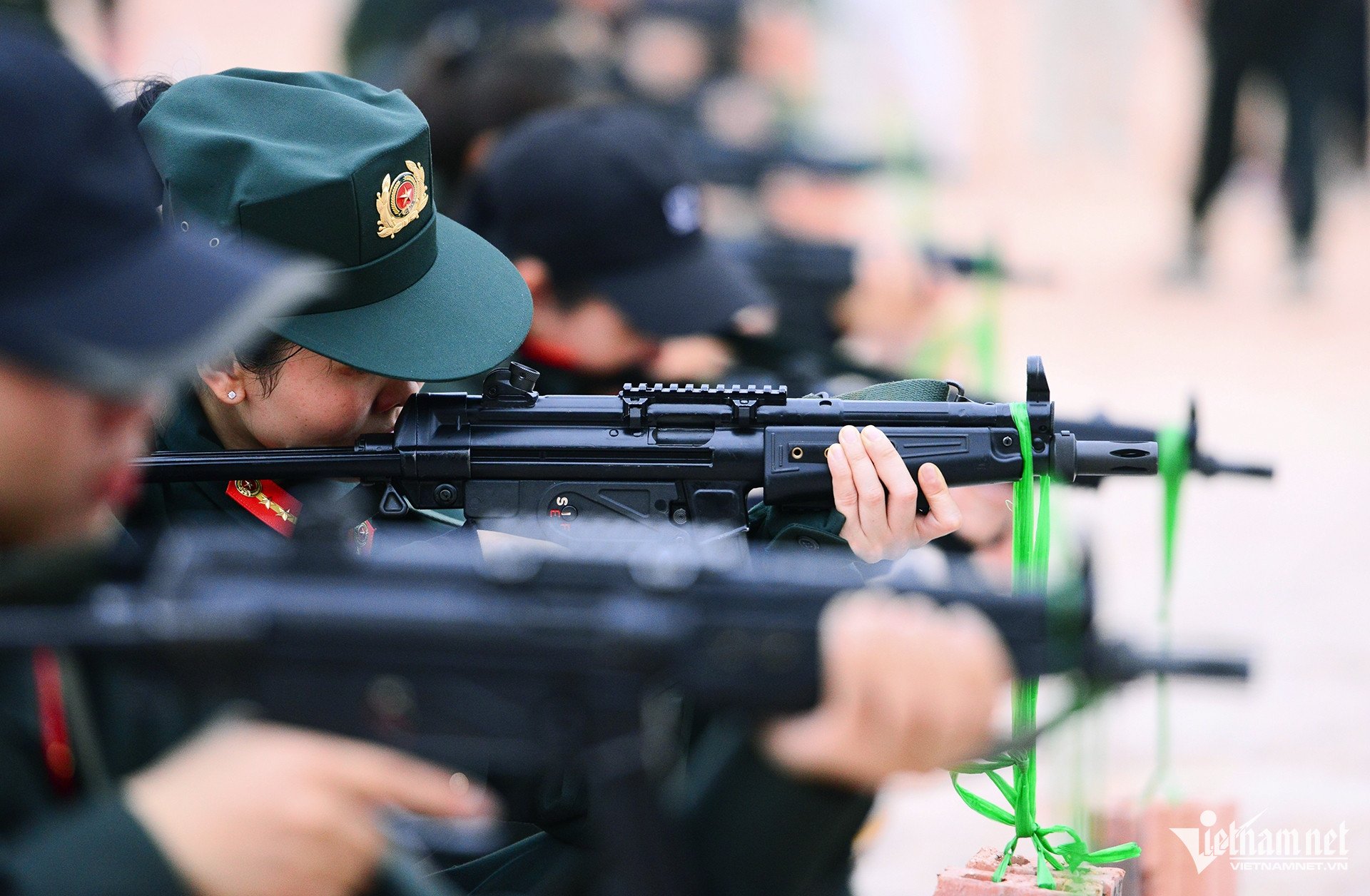





































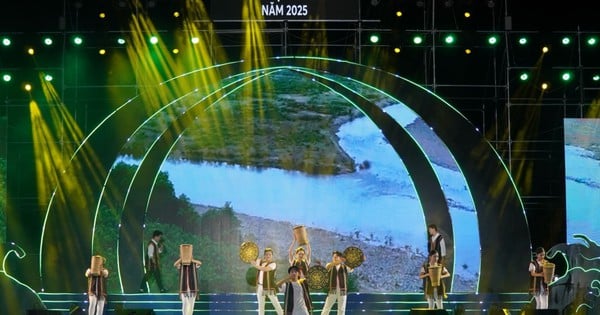



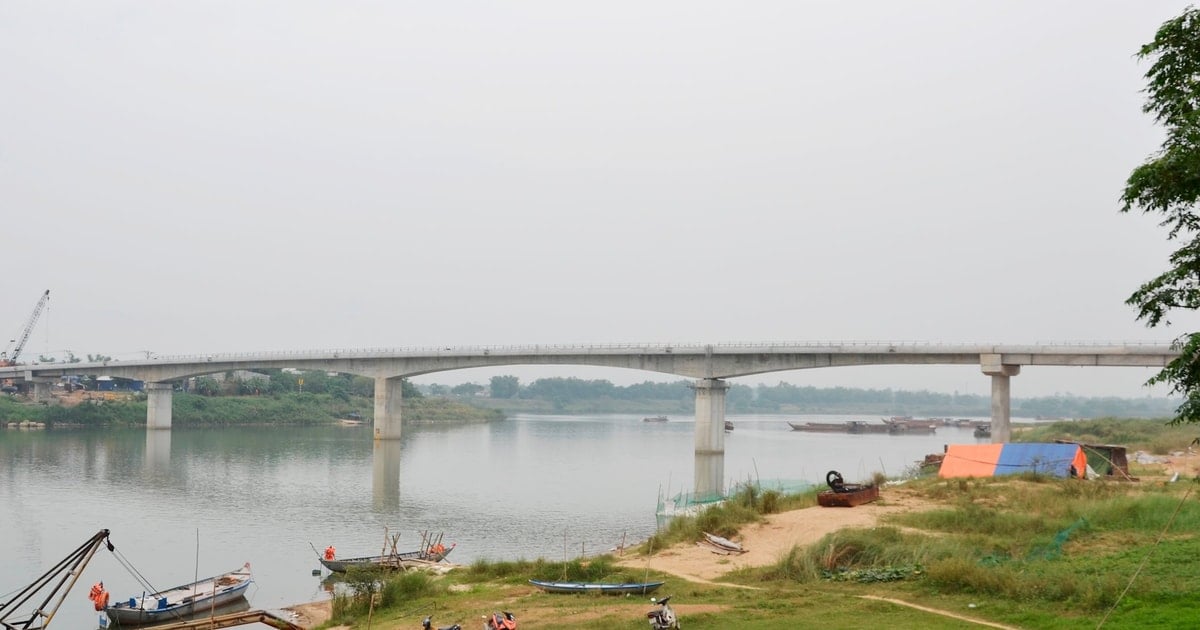
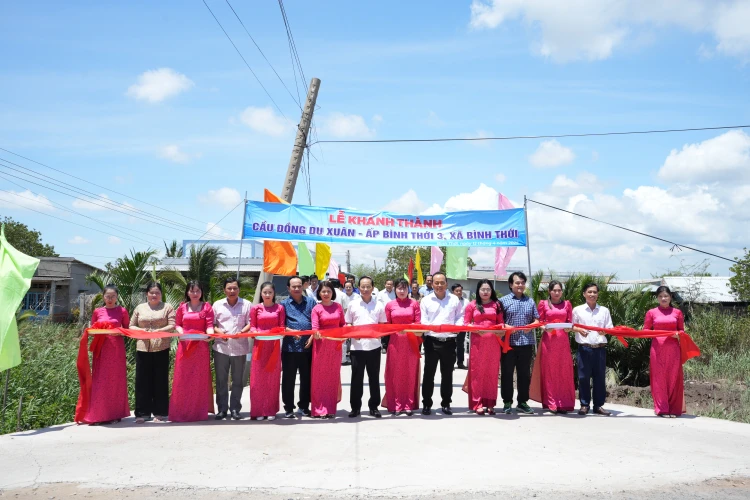


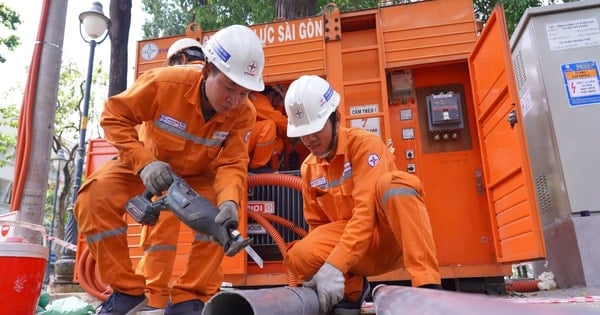













Comment (0)